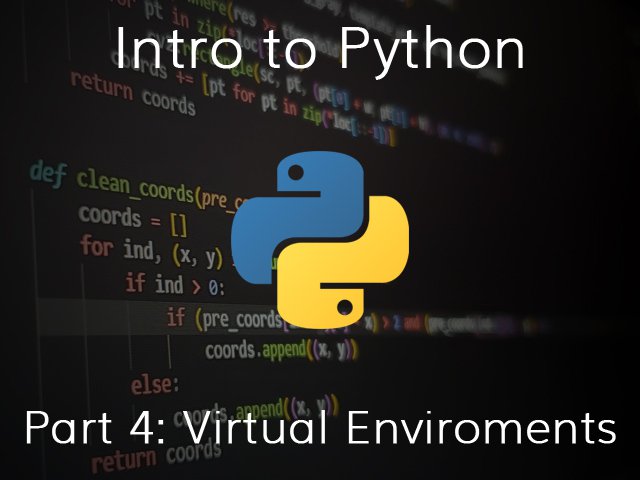Using Python Virtual Environments

If you're going to be managing multiple python projects on your machine, you should be working within virtual environments. This holds true whether you're working on a local machine or a web server. A virtual environment is essentially a container for your python packages. This containerization allows you to have multiple versions of packages and python itself on the same machine. In this tutorial we'll explore the different packages available to create virtual environments.
1. VENV
Python comes with a built-in package for creating virtual environments called venv which is usually enough for most needs.
To create a virtual environment with venv:
$ python3 -m <env-name>
To activate the environment: On Windows:
> env-name\Scripts\activate.bat
On Linux/MacOs:
$ source env-name/bin/activate
Full list of commands from the python documentation (<venv> represents the environment name)
| Platform | Shell | Command to activate virtual environment |
|---|---|---|
| POSIX | bash/zsh | $ source \<venv>/bin/activate |
| fish | $ . \<venv>/bin/activate.fish | |
| csh/tcsh | $ source \<venv>/bin/activate.csh | |
| PowerShell Core | $ \<venv>/bin/Activate.ps1 | |
| Windows | cmd.exe | C:> \<venv>\Scripts\activate.bat |
| PowerShell | PS C:> <venv>\Scripts\Activate.ps1 |
You can then install packages using the built in package manager pip.
To make working with the venv package easier you can install virtualenvwrapper or virtualenvwrapper-win for Windows.
$ pip install virtualenvwrapper
> pip install virtualenvwrapper-win
To find the location of the virtualenvwrapper.sh on UNIX/LINUX:
$ which virtualenvwrapper.sh
For UNIX/Linux you can then add the following lines to your ~/.bashrc or ~/.profile file
export WORKON_HOME=$HOME/.virtualenvs
export PROJECT_HOME=$HOME/projects
source /usr/local/bin/virtualenvwrapper.sh
Then reload the file:
$ source ~/.bashrc
To use use the wrapper on both Windows and UNIX/Linux
Creation:
> mkvirtualenv my-project
(my-project) >
Deactivation:
(my-project) > deactivate
>
Activation:
> workon my-project
(my-project) >
You can browse the documentation for venv, mkvirtualenv and mkvirtualenv-win for more commands.
2. Anaconda
If you have the Anaconda distribution installed then creating a virtual environment is as simple as running the following command:
$ conda create -name <env-name>
To install an environment with a particular version of python:
$ conda create -n myenv python=3.8
To activate your environment:
$ conda activate <env-name>
To deactivate your environment:
$ conda deactivate
To see your available environments:
$ conda env list
You can then install packages using conda install <package>.